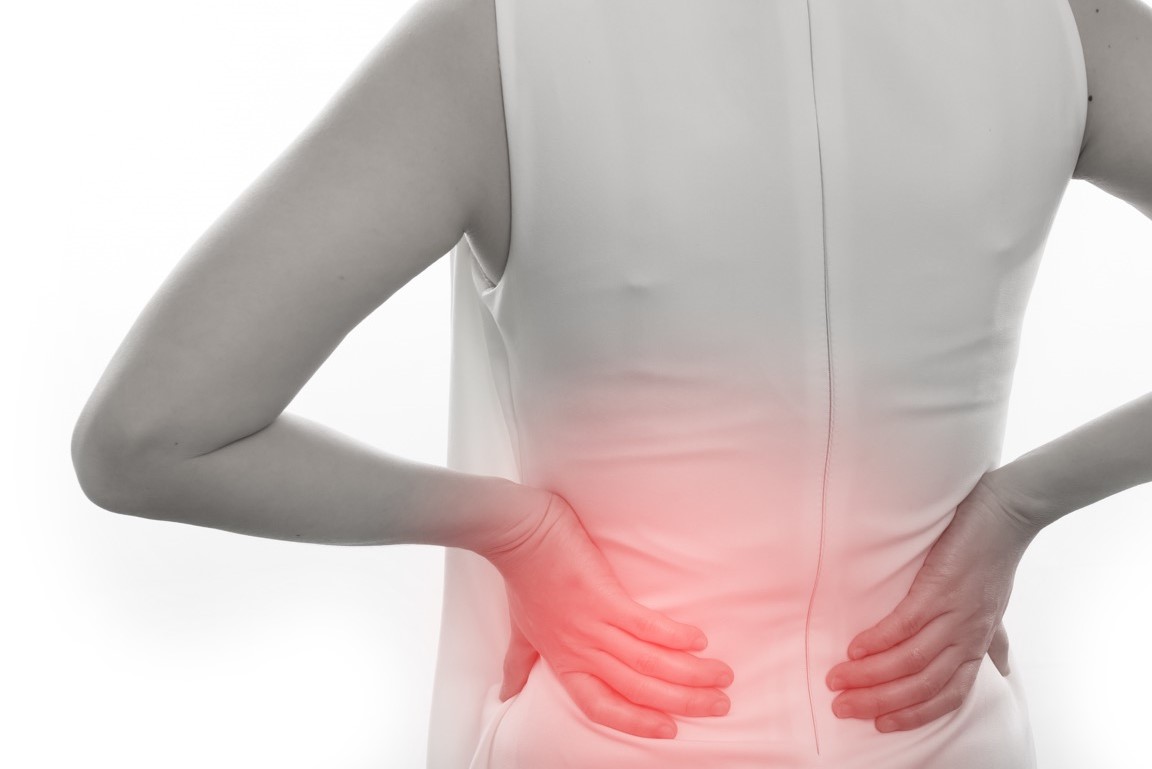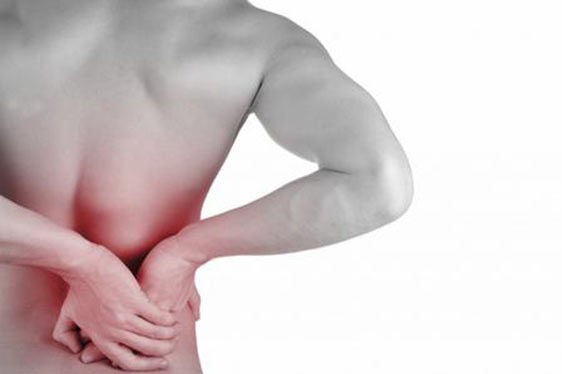
When the patient complains of pain in the right or left hip: here are the related pathologies
Pain in the right or left hip is a clinical symptom that can be caused by a variety of medical conditions, some more significant, some much less so
The term ‘flank’ anatomically refers to the right or left side of the abdomen, between the last rib and the upper edge of the iliac bone, called the iliac crest (in the case of the right flank) or between the last ribs of the trunk and the iliac crest on that side (in the case of the left flank).
Very often, the range of pathologies that can be linked to this type of disorder is so wide that it almost becomes a multidisciplinary competence, especially related to general surgery or urology.
How can one distinguish between the different types of pain and, above all, how do one know which specialist to turn to?
Right hip pain
Pain in the right side can have different causes and characteristics and, therefore, can be traced back to different medical conditions.
Causes
The causes of right-sided pain generally originate from the organs and apparatuses that are enclosed in this area, including:
- liver;
- gallbladder and bile ducts;
- Stomach;
- pancreas;
- kidney and urinary tract;
- adrenals;
- ascending colon;
- cecum;
- appendix;
- ovaries and fallopian tubes (in females);.
- bones, muscles, joints of the abdomen/right flank
This pain occurs mainly as a result of
- strenuous physical activity;
- osteo-muscular disorders;
- diseases of the genito-urinary system;
- diseases of the gastro-intestinal tract;
- stress and psychological causes;
- abdominal-lumbar trauma.
The different characteristics of right-sided pain
Pain in the right side can have several characteristics that are important for the doctor to identify its possible origin.
The pain can be
- localised, a condition in which the patient is able to identify the site of the pain, or it may be widespread and poorly localised, in an undefined region;
- perceived as a twinge, sharp and very intense, or as a dull, poorly perceptible, minor but annoying pain;
- constant, always with the same intensity, or recurrent-remitting, which may appear or disappear throughout the day;
- linked to certain conditions, such as after physical exertion or deep palpation of the hip, or always present, even in normal resting conditions;
- depending on the mode of onset: acute, if it occurs suddenly in a few minutes or seconds, or chronic, if it persists for long periods, such as months or years;
- radiated, a characteristic of pain in which there is a defined area of maximum intensity with propagation to an area of lesser intensity.
Analysing all these characteristics of pain is fundamental in order to orientate oneself within a symptom that can be caused by many pathologies.
Depending on the characteristics, the same symptom may therefore be the manifestation of extremely different medical conditions and it is therefore essential to describe it to the doctor in as much detail as possible.
Sometimes, even small details can be decisive.
Associated symptoms
Right-sided pain is rarely the only clinical manifestation, although it is often associated with a range of other signs and symptoms, including fever, nausea, vomiting, weight loss, blood in the urine (haematuria), palpitations and tachycardia and rapid breathing (tachypnoea).
Left-sided pain
Pain in the left side is a common symptom, which in most cases is not an expression of anything particularly alarming, but should be considered carefully as in others it may be a sign of more serious health problems.
Causes
Aerophagia, meteorism, very intense training of the abdominal muscles and minor bruises are the main causes.
However, this disorder can also be the consequence of clinically important diseases, sometimes even medical emergencies, such as:
- kidney stones;
- ruptured and enlarged spleen;
- pancreatitis;
- pancreatic cancer.
When to worry about left-sided pain
Left-sided pain should be of concern when:
- it is persistent;
- does not improve;
- it is acute or occurs in combination with other suspicious symptoms such as fever, nausea, vomiting and blood in the urine.
Left-sided pain is a symptom that has many causes, some more serious than others.
Anatomically, the left flank can be divided into two sections: an upper part, simply called the high (or upper) left flank, and a lower part, called the low (or lower) left flank.
The organs included within the boundaries of the so-called high left flank are: spleen, part of the large intestine, part of the pancreas, part of the stomach, upper part of the left kidney, upper (apical) part of the left ureter, part of the left lung, left adrenal gland.
How to distinguish flank pain from renal colic
Of all the pains originating in the flank, kidney pain is certainly among the most frequent.
These can be acute or chronic.
Among the acute ones, the most important is certainly that due to stones, i.e. so-called renal colic.
Renal colic is easily distinguishable from other types of pain, because first of all the intensity with which it manifests itself is very high: just think that it is considered the second strongest pain after childbirth!
It is a pain that almost always forces the person to go to the emergency room and causes restlessness with an inability to find the correct position.
So it is an easily distinguishable pain.
In addition, there are other specific symptoms that can distinguish kidney origin, namely those related to urinary problems.
These can be haematuria (blood in the urine) or burning on urination.
Thus, concomitance with these symptoms definitely leads towards renal colic.
In addition to this, there are other pains that are less intense and may be caused by non-acute kidney problems; unfortunately, these are mostly major problems, such as tumours or dilated kidneys due to stenosis or other causes, i.e. pains that tend to cause prolonged kidney problems.
In this case, ascertaining the origin is more complicated, because it can easily be confused with those, for example, of intestinal or hepatic origin. Other pains may also be due to infections of the urinary tract, i.e. of a chronic type, or even to situations of inflammation (swelling) or septic shock.
How to diagnose urological diseases
From a diagnostic point of view, the first test to be performed is an ultrasound scan, which helps to identify the cause of the pain more accurately.
If this is not sufficient, a CT scan can be performed, accompanied by blood tests which, however, may sometimes not help to make this distinction.
Symptoms that help to understand the urological origin of flank pain
There are certain symptoms that make the difference: for example, in the presence of a poorly characterised chronic pain that is accompanied by blood in the urine, it definitely shifts the diagnosis towards a urological origin.
This is part of the typical symptomatology that points to a kidney or bladder problem.
One thing that is often heard when a person has pain in the hips is the association with the kidneys, but this is not always the case: the kidneys rarely have anything to do with this symptomatology!
The pain is localised in the kidney area, but it is more likely to be joint, spinal or intestinal problems (e.g. colitis).
Let’s call them reflex pains.
Pain of urological origin, in case of renal colic, starts from the flank and goes down towards the testicle, in the case of men, or towards the labia majora, in the case of women.
This is a very typical localisation, but it must be precise. Once the cause has been identified, the specialist will provide the most suitable therapy, either conservative or surgical.
Read Also:
Emergency Live Even More…Live: Download The New Free App Of Your Newspaper For IOS And Android
O.Therapy: What It Is, How It Works And For Which Diseases It Is Indicated
Oxygen-Ozone Therapy In The Treatment Of Fibromyalgia
Pain Assessment: Which Parameters And Scales To Use When Rescuing And Treating A Patient
Kidney Stones: How They Form And How To Avoid Them
Renal Colic, How Does It Manifest Itself?
Biliary Colic: How To Recognise And Treat It



